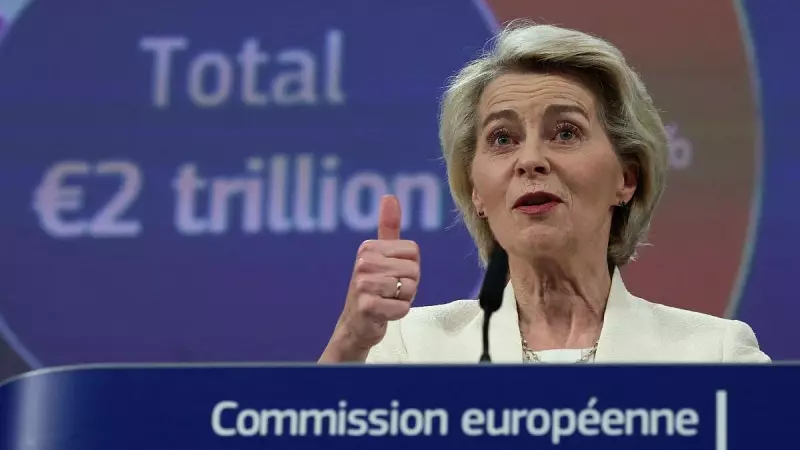
European Commission President Ursula von der Leyen has declared that utilizing frozen Russian sovereign assets represents the most potent and effective strategy for generating substantial financial support for Ukraine. This statement, made on 13 November 2025, outlines a clear path for the European Union to aid the war-torn nation.
Exploring the Funding Avenues for Ukraine
While identifying the use of immobilized Russian funds as the primary option, von der Leyen detailed two alternative financial mechanisms under consideration. The first alternative would involve the European Union borrowing money directly from international markets, using its substantial long-term budget as a guarantee to secure the loans.
The second potential route would require individual EU member state governments to borrow the necessary cash themselves. These national governments would then be responsible for lending or granting these funds to Ukraine, a process that could involve more complex coordination across the bloc.
Why Frozen Assets Are the Preferred Choice
The push to use frozen Russian assets is seen as the most direct and impactful method. This approach effectively redirects resources from the aggressor to the victim, creating a powerful financial tool to support Ukraine's defence and reconstruction efforts without immediately burdening EU taxpayers or increasing public debt.
This proposal signifies a major step in the West's economic strategy against Russia, moving beyond mere sanctions to actively repurposing seized assets for strategic and humanitarian purposes. The debate now centres on the legal and logistical frameworks required to implement this plan effectively.





